Doctor Strange in the Multiverse of Madness” Review: High-Valued Messy Entertainment Expanding The MCU
If “Doctor Strange” was a visually stunning kaleidoscopic introduction to the world of magic and mysticism in the MCU, then “Doctor Strange in the Multiverse of Madness” is an entertainingly dark and gruesome antithesis sequel. The long-awaited follow-up to the former Sorcerer Supreme’s standalone film embraces Michael Waldron’s twisted humor and Sam Raimi’s terrifying campy horror visuals to make one of the weirdest and scariest MCU offerings.
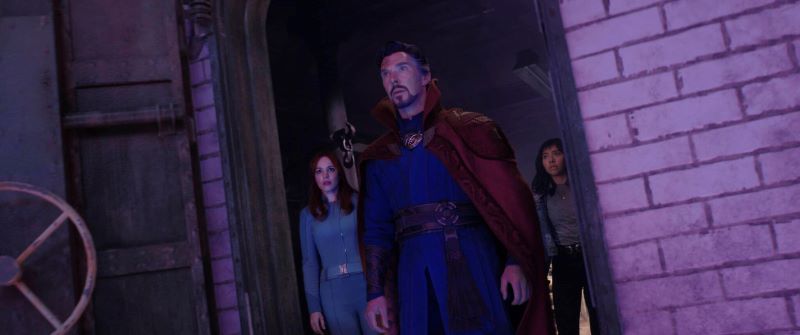
The film opens with an alternate universe Doctor Strange (Benedict Cumberbatch) and America Chavez (Xochitl Gomez), trying to reach the ancient Book of Vishanti before a dimensional creature could devour them. Overpowered and outmatched, this Doctor Strange is forced to take the multiverse traveling powers of America so that he can banish the monster. But before he could cast any spell, he is killed, which leaves America as the only one to grab the book. With the book only a few steps from her grasp, the monster captures her, and it inadvertently triggers America’s ability to open the door to the multiverse, which then takes us to the MCU that we know.
Believing that it was nothing more than just a dream, Strange prepares for Christine’s (Rachel McAdams) wedding. Though he is happy for her, he admits that he still holds a torch for her. That’s when America appears to be running away from the Chutlu-inspired monster Shuma-Gorath who is causing mayhem and destruction in New York. As Doctor Strange leaps into action to save America, he learns that his dreams are not dreams but actual events that occur in a different universe. But if he’s going to save the multiverse, he’ll have to consult with Wanda Maximoff, a.k.a. the Scarlet Witch (Elizabeth Olsen), whom he considers an authority on runes.
What happens next changes the dynamics and how we see the MCU. As such. Doctor Strange and America find themselves thrown through various universes that range from the traditional hand-drawn animation to abstract paint splatter. The journey itself is a mind-bending and seemingly painful experience for the two. And visually, it’s unlike anything that Marvel Studios has done before as it takes its two characters and audiences through these universes where if you blink, you’ll most likely miss more than just a few Easter Eggs.
And as Doctor Strange and America try to figure out a solution to their current predicament, they are aided by a different Baron Mordo (Chiwetel Ejiofor), who tells them how spells like “Dream Walking” allow the caster to project themselves into the body of their alternate selves. But, of course, such a spell would be dangerous in the wrong hands. But before they can make their next move, they soon discover that even though they are in a different universe, a Baron Mordo will always be a Baron Mordo. So, as Mordo takes the two into custody to be tried by the all-powerful Illuminati, Doctor Strange devises a way for his subsequent escape and learns more about this strange group governed by superheroes from the multiverse.
Without getting into too many spoilers, “Doctor Strange in the Multiverse of Madness” is a full-on visual spectacle that leans into Raimi’s horror elements. The energetic and frantic camera styles are reminiscent of the shots seen in the director’s earlier work, where the audience would pop right out of their seats during the frightening jump scares. As effective as that is, Raimi also restrains himself by letting the camera hold the subject within the frame long enough to build scares and tension. These dark and wildly imaginative horror elements that spill over to how some of these characters die and how some move in a creepy crab-like way speaks to Raimi’s slapstick horror style.
“Doctor Strange in the Multiverse of Madness” would have significantly benefitted if it leaned in more to Raimi’s signature horror. Instead, the film feels madly disjointed as it’s focused on telling two separate stories simultaneously. As Wanda casts a dream walker spell to find her two kids, Doctor Strange and America Chavez are navigating another universe and trying to find a way back home. But none of it is cohesive. It’s almost as if these two stories could have been individual films. Considering what the sequel has to deal with, maybe the chaotic storytelling was intentional. Despite that flaw, it doesn’t lessen the impact of the surprises that come along the way, especially if you’ve kept up with the Disney+ shows.
And as “Doctor Strange in the Multiverse of Madness” deals a lot with the multiverse, we get to see what happens when one of the alternate versions of the characters violates the rules created by the all-powerful Illuminati. The six-member committee works to mold and shape the status of their universe. And they arrogantly operate without oversight and hastily cast their judgments on the accused without recognizing how the different versions of Doctor Strange think. As such, they believe themselves to be powerful and all-knowing. But, of course, that would eventually become their undoing in the most spectacularly violent ways that Raimi could only envision.
While all of the chaos in one universe goes on, another aspect of the story continues Wanda’s struggles to cope with what she has lost. Olsen gives a solid performance as Wanda, who, after the events of “WandaVsion,” has the Darkhold and has mastered its spells. At the same time, the film seems like it is shaming Wanda for being a grieving mother. Wanda has to justify her actions and explain herself to those who would deny her the right to repair her broken family. Often, she would have to remind others of how she killed Vision or what she had to sacrifice to release Westview from her hex. The particular arc gets to the heart of feminine trauma and how she is willing to cope in spite of her devastating losses. By revealing these vulnerabilities to the audience, we get Olsen portray a Wanda’s range of emotions. It’s a rare thing to see in a superhero film of this size.
As for Gomez’s America, the youngest member of the MCU, the character may be a breath of fresh air, but it feels like she is reduced to scene-stealers and prop moments. So much of the film focuses on her inability to use her powers to travel the multiverse and very little time to discover who she is. But, again, this probably has to do with the chaotic nature of the storytelling. With so much going on at once, it’s no surprise that some of the character work was underdeveloped. And the same could be said for Mordo and Wong, who have more prominent roles but still feel robbed of having even more significance because of how chaotic the flow of the story is. Still, they work with what they’ve got, and they shine doing it.
Seeing multiple verisons of strange from the vastness of the multiverse does have its upsides. We get to see so much more range from the pompous doctor who is shown to have a softer and kinder side to him given his past and dashed romantic hopes. By revealing these different Stranges, we get to see more from the hero than just the usual charismatic sorcerer. He has a terrific buddy dynamic with Wong, and an almost protective guardian trait when America is in need of his help.
The thought that “Doctor Strange in the Multiverse of Madness” could expand the MCU mythology by tapping into the multiverse sounded exciting at first. But since everything is happening everywhere all at once it becomes a messy piece of work and doesn’t do any good for the storytelling clarity. We barely get to explore one universe, let alone get to know one of the alternate versions of any of the characters. Some of their sacrifices are meaningless or gimmicky. However, the surprising cameos and shocking twists will surely get audiences cheering over some of the film’s flaws.
Still, much of the film’s strengths lie with it leaning towards Raimi’s horror style. Visually “Doctor Strange in the Multiverse of Madness” is one of the scariest films in the MCU. However, it finds ways to blend the weird with the gruesome in its slasher chases and use of dark magic. That blend turns it into a fascinating and sometimes scary comic book spectacle that deserves to be watched on the big screen. And because the multiverse allows for a massive scale, the narrative and visuals are heightened tenfold.
Whatever flaws “Doctor Strange in the Multiverse of Madness” may have, it deserves credit for swinging for the fences narratively and visually. The film is unapologetically dark and funny. Even though it has to operate within the confines of the MCU sandbox, Raimi has been given free rein to scare the living daylights out of its audiences and Marvel fans through the use of that frantic camera movement and terrifying set-pieces. And a few laughs are coming the audiences’ way, thanks in part to Waldron. All in all, Marvel’s latest is perplexingly entertaining and something that may be worth watching again just to see what you may have missed.
8/10
In theaters June 6th.

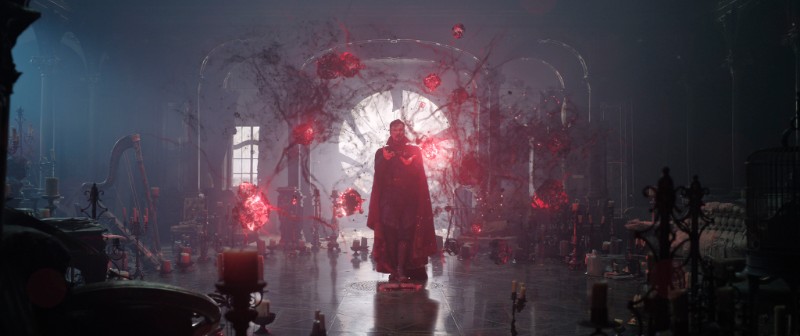
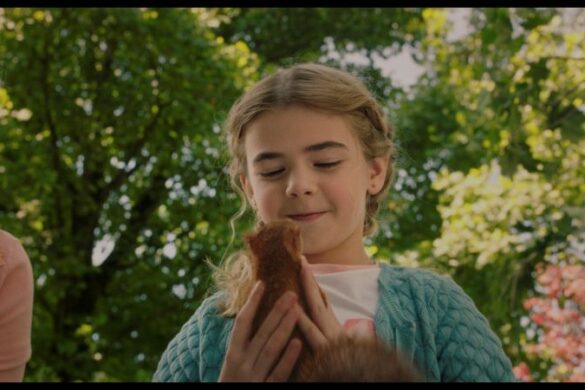


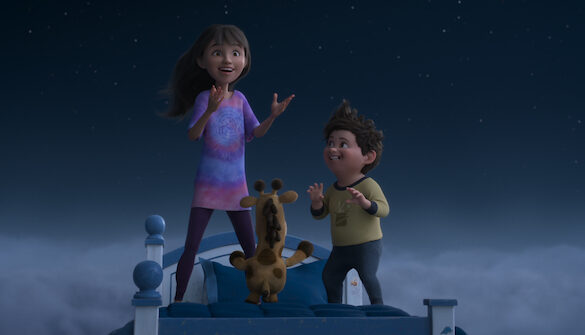
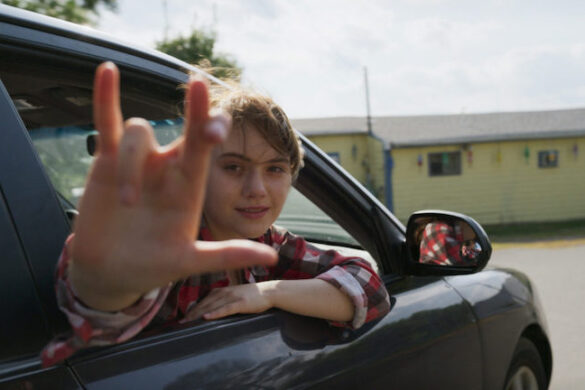
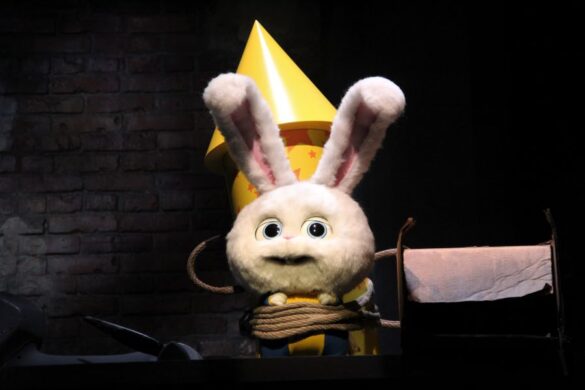
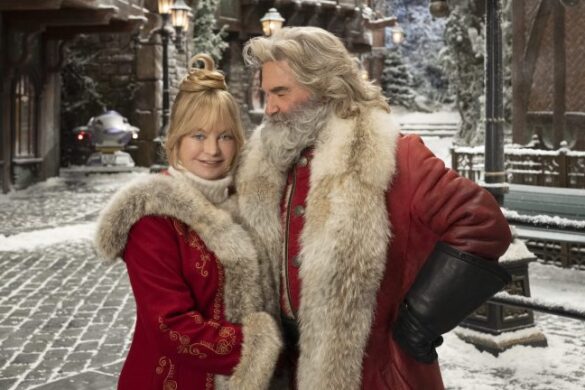
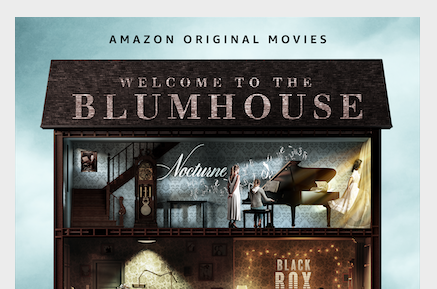

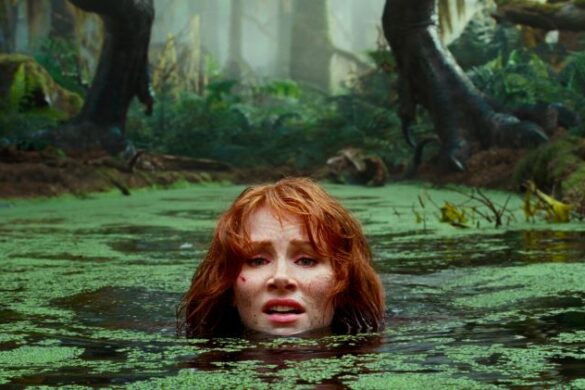
1 comment
I love this movie and your article is very good
congratulation